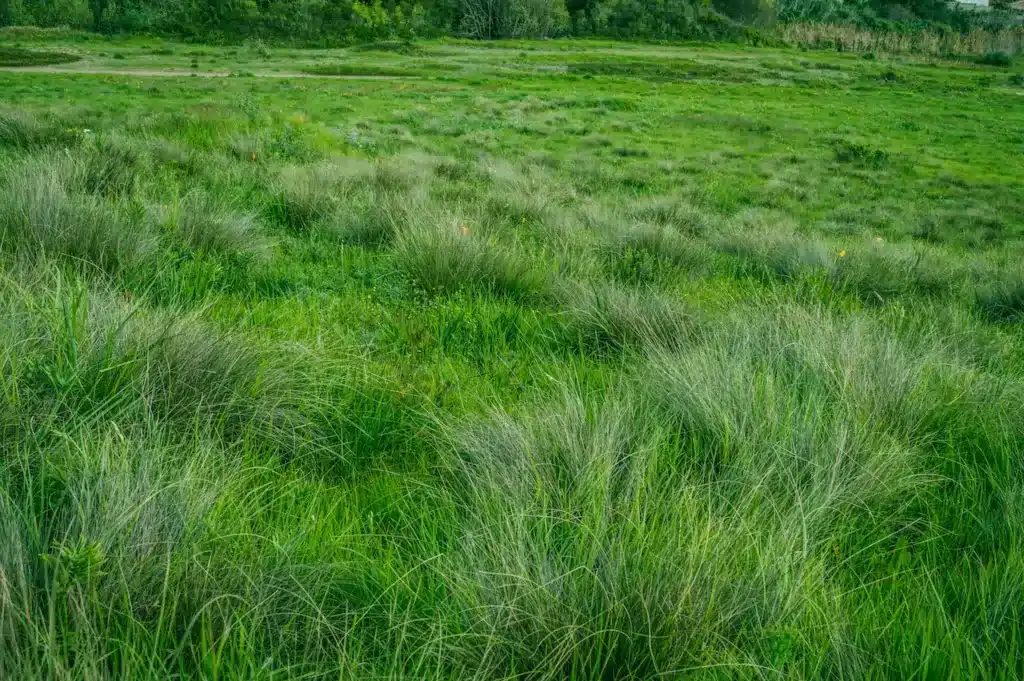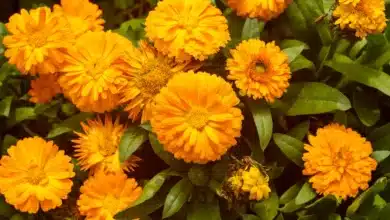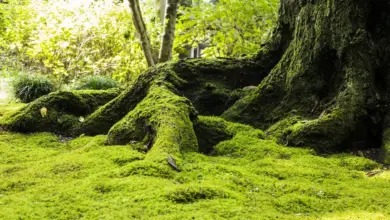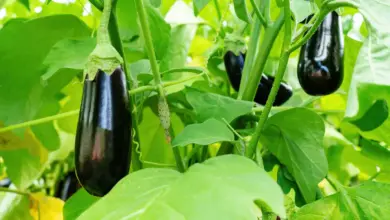Freeze-Thaw Survivors or Last Grass Standing
We have finally thawed out here in Seattle after a week of Tundra-like conditions. Well OK compared to those of you who live in Boston or Alaska this is probably still balmy but my plants didn’t think so.
So I decided to go out into the garden and see what looked as good after our deep freeze as it did last summer. To make the challenge harder I was specifically looking for evergreen grasses that still looked great.
The results are in! Here are the best of the best in my zone 6b garden and in the interest of full disclosure no cheating took place – all these images were taken December 16th on a cold, grey day.

Sirocco pheasant tail grass (Stipa arundinacea ‘Sirocco’)
This grass has been a trouper since the day I tucked a 4″ pot into the corner of a container a few years ago. Regardless of the hot sun or freezing cold, this grass hasn’t missed a beat. Many evergreen grasses need at least a little trimming each spring but not Sirocco which seems to be truly maintenance free
I transplanted this into a well-drained part of the garden in the fall where I’m enjoying it near this mossy Exbury azalea. In spring the azalea will explode with fragrant, golden blooms, each tinged with deep red – what a spectacle that will be!
The details
Hardiness; reports vary but USDA zones 4-9 are generally cited.
Size; the three-year-old plant above is 2′ tall and 3′ or so wide.
Light; full sun to light shade
Water; average
Note; I also have the regular pheasant tail grass and while it is still thriving Sirocco is more colorful.
Ice dance Japanese sedge (Carex morrowii ‘Ice Dance’)
While this grass-like plant does have a desire for world domination, it can be a very useful evergreen ground cover for tricky areas. Here I let it edge a large border that can get waterlogged during the winter yet never gets watered at all in summer. It is also a major deer highway so I am thankful that grasses do not seem to be on their menu and that Ice Dance can cope with being trampled on.
I wouldn’t use this in a highly visible area as the tips of the blades often turn brown and need trimming away in spring- a chore I can choose to ignore in this more distant border. Ice Dance spreads rapidly by underground stems which makes it unsuitable for small spaces. Also to keep it looking its best the clumps need to be divided every few years so this is not a low-maintenance choice.
Having said that just look at how much it adds to the winter garden. The bright green blades are edged with crisp white margins, each clump mounding nicely.
The details
Hardiness; zones 5-9
Size; 12″ tall x 2′ wide but spreads indefinitely
Water; average to moist
Light; prefers afternoon shade

Golden variegated sweet flag (Acorus gramineus ‘Ogon’)
The rather waterlogged purple Heuchera betrays the recent weather conditions but otherwise, this photo could easily have been taken in June. The sunny-yellow sweet flag brightens up the winter garden and is completely unfazed by cold weather. It is a great addition to containers where I let the foliage fan outwards to soften the pot edges. In the landscape, it associates well with large mossy boulders or as part of a water garden since it thrives in wet soil.
This is a ‘clumper’ rather than a spreader so grows relatively slowly.
The details
Hardiness; zones 5-11
Size; 10′ tall and 18″ wide
Water; average to high
Light; prefers light shade – may bleach in full sun
Mexican feather grass (Stipa tenuissima)
Invasive in some states and a fairly prolific self-seeder in others Mexican feather grass is not for everyone. In my garden, it doesn’t make a nuisance of itself so I can enjoy the wispy texture year-round. Soft green blades and tufty white seedheads are fun to place near something sharp or spiky in contrast. Here you can see a Feeling Blue deodar cedar (Cedrus deodara ‘Feelin’ Blue’) to one side which has deceptively prickly needles.
After torrential rain, this grass can lay low for while but quickly fluffs up as it dries. The freezing weather does not seem to have affected it at all.
In spring I run my fingers through the clumps to tease out any dried material. If it starts to look really matted I grasp it in a ponytail and trim it down to 8″. It quickly regrows and looks fresh again.




